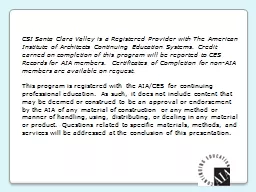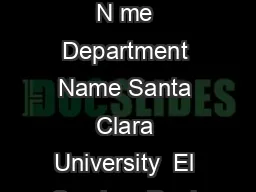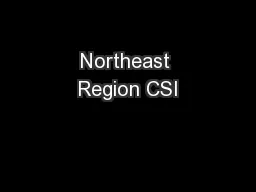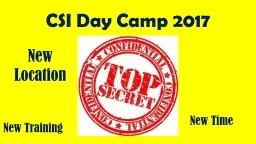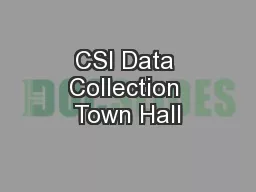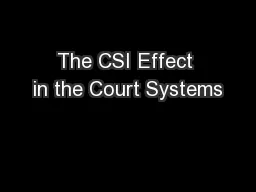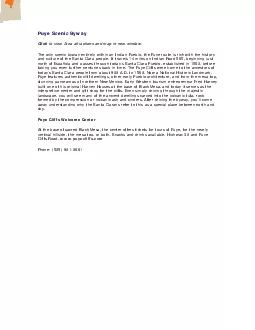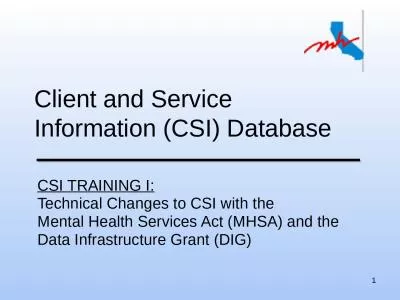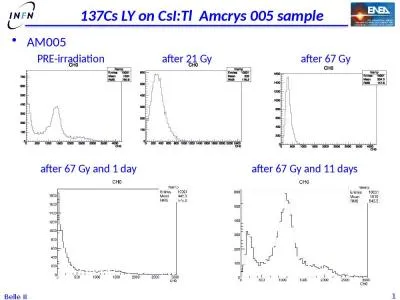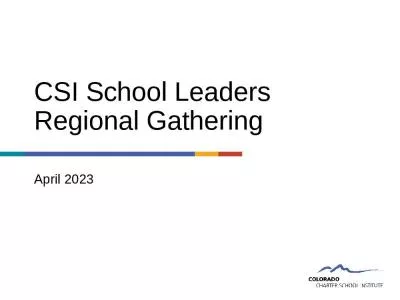PPT-CSI Santa Clara Valley is a Registered Provider with The Am
Author : tatyana-admore | Published Date : 2016-03-04
This program is registered with the AIACES for continuing professional education As such it does not include content that may be deemed or construed to be an approval
Presentation Embed Code
Download Presentation
Download Presentation The PPT/PDF document "CSI Santa Clara Valley is a Registered P..." is the property of its rightful owner. Permission is granted to download and print the materials on this website for personal, non-commercial use only, and to display it on your personal computer provided you do not modify the materials and that you retain all copyright notices contained in the materials. By downloading content from our website, you accept the terms of this agreement.
CSI Santa Clara Valley is a Registered Provider with The Am: Transcript
Download Rules Of Document
"CSI Santa Clara Valley is a Registered Provider with The Am"The content belongs to its owner. You may download and print it for personal use, without modification, and keep all copyright notices. By downloading, you agree to these terms.
Related Documents

